Table of Contents Show
As the slasher revival of the 2020s continues to unravel, audiences are beginning to notice a trend in the way traditional tropes of the genre are being subverted to display a more grounded connection to real-world identities. This year, with Netflix’s July premiere of Leigh Janiak’s Fear Street serving as a prime example of this post-modern slasher era, it has also opened the possibility for horror to incorporate the actual concerns of the queer community.
While the Fear Street series is an incredible homage to slasher films throughout history, it can also tell the story of lesbian romance persevering under white male scrutiny. What Janiak also accomplishes with Fear Street is creating a series that respects the legacy of a genre. At its core, it takes on a compassionate, sometimes sensual nature that breathes warmth into each of the three films. On many occasions, the tone of the films transitions from horror to a softer expression of love in the various forms it takes on. In a sense, love becomes a kind of atonement to the discrimination at the core of the films.
The Fear Beyond The Script
The series follows the source material — R.L. Stine’s book series of the same title — close enough to gather the foundational dynamic between Shadyside and Sunnyvale. Janiak’s adaptation maintains the “curse” of Shadyside, but with the addition of a queer woman blamed for the crimes of its founding family. With this crucial shift to making a villain out of Sarah Fier — the supposed antagonist of the trilogy — Janiak is deliberate in exemplifying the power dynamic between queer and non-queer people.

At first glance, Fear Street exhibits a multitude of horror sub-genres; the classic slasher, witchcraft, and the small town with a dark secret. However, when thinking of what all three films accomplish with the paralleled romance between Deena (Kiana Madeira) and Sam (Olivia Scott Welch) and Sarah and Hannah, it’s clear that there is an authentic portrayal of homophobia at the root of the films’ main conflict.
Fear Street: Deena And Sam
Early on in Fear Street Part One: 1994, the relationship between Deena and Samantha is established as two teenage girls both struggling with their identity as gay women. Sam, Deena’s ex-girlfriend, moves to Sunnyvale to escape both the blood-spilled reputation of Shadyside and her closeted identity. Simultaneously, Deena faces discrimination in the forms of classism and homophobia from privileged Sunnyvalers who are unaware that the two girls had previously been in a romantic relationship. Immediately present is the uneasiness that is brought out because of a lingering stigma against non-straight couples. In addition, there seems to be a link between the conflict between Deena and Sam and the resurgence in murders committed in Shadyside.
Fear Street: The Shame Of Shadyside
Furthermore, alongside the “curse” of Sarah Fier is the ever-present need to hide one’s identity. This is shown through the discrimination of Deena and Sam’s relationship and the shame of living in Shadyside. Regardless of sexuality, Shadysiders are desperate to escape the indignity of being a resident of a “doomed” town. We can see this shame manifest in Part One when Deena’s friends — Kate (Julia Rehwald) and Simon (Fred Hechinger) — sell drugs in order to work toward a better life away from Shadyside.
Furthermore, later in Part Two, sisters Ziggy (Sadie Sink) and Cindy Berman (Emily Rudd) drift apart due to differing opinions on whether or not to ignore their town’s gruesome past or try to change its future. While the legend of Sarah Fier becomes generationally passed down lore, one thing that is true is the need for Shadysiders to repress their identity in any aspect of it. It’s because of this that Janiak is able to make Shadyside a symbol for repressing authenticity.
Fear Street: Sarah And Hannah
Keeping authenticity in mind, Fear Street Part Three: 1666 is when the truth about Sarah Fier is finally revealed. The audience can see that at the center of Shadyside’s “witch’s curse” is actually the wrongful conviction of a woman in love with another woman. With a puritan setting, it’s easy to understand that the Goode Family — who take power in later generations as law enforcement of Sunnyvale — needed a scapegoat to allow their Satanic practices to continue, practices that include the countless murders that have occurred in Shadyside for centuries. In addition, Janiak’s creative departure from the original book series in which Sarah Fier plays a small part makes her an allegory for the marginalization and condemnation of gay people, especially in the eyes of cis-het white men.
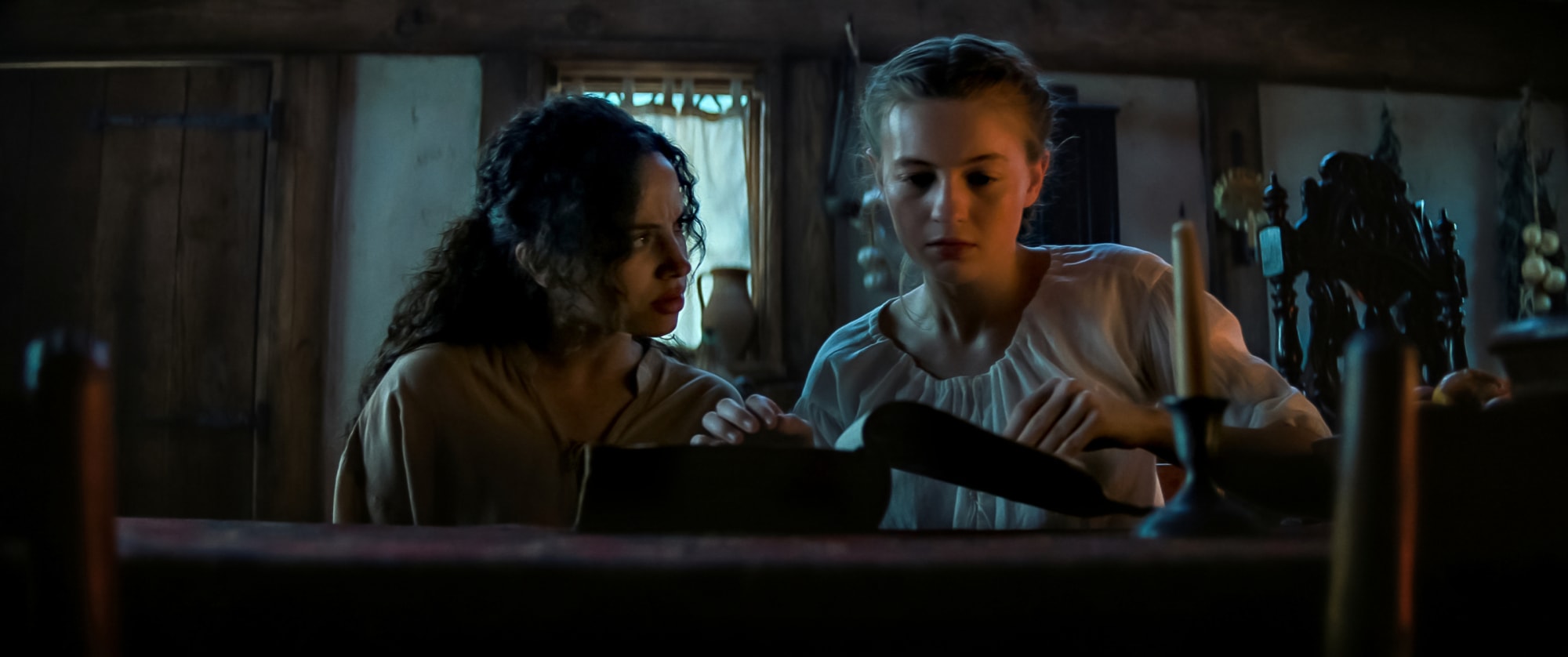
The father of “the curse” of Sarah Fier is revealed as Solomon Goode (Ashley Zuckerman) — a member of the founding lineage of Sunnyvale. When he witnesses Sarah Fier and Hannah Miller participating in an act of queer intimacy, he is quick to turn on the both of them, painting Sarah out to be a witch and Hannah as a victim to her “bewitching” craft. From the third installment of the series, the director repositions the villain of the story from Sarah Fier to the Goode family. Sarah and Hannah’s relationship then becomes weighted with the burden of being outed by their community and shamed for generations. The decision to rewrite Sarah Fier and Hannah Miller as lovers only further emphasize the idea that at the core of the evil in Fear Street lies the actualized danger that queer people have and continue to face.
Fitting The Narrative: The Curse Of The Goode Family
As Solomon Goode is marked as the originator of Shadyside’s long history of murder, the Goode family also becomes corrupted. The role of the Goode’s as law enforcement strengthens the argument that those in power have historically misused their privilege and disproportionately placed queer marginalized groups at fault for their own recklessness.
Moreover, the unwillingness of the Sunnyvale police department to help Deena and her friends is actually more of an honest portrayal of how police rarely take the concerns of young queer people of color seriously. With Goode’s crimes being concealed by the authority of an already corrupted agency such as the American police force, Solomon’s plan to frame a gay woman went unnoticed; until three hundred years later when another gay woman uncovers the truth of the homophobia-laden past of Shadyside.
Love As A Means To Survive
Between the trauma and pain caused by the Goodes and afflicted on the residents of Shadyside, there is unmistakable compassion that comes through in each film in the series. In the first two installments, it is uncertain what the reason for these tonal shifts are for a horror franchise. Collectively though, it serves as an emotional foundation for the justice of Sarah Fier and her lover, Hannah Miller. Love is expressed in its varying forms: romantic, platonic, familial, and even love for oneself. A refreshing addition to horror as a genre, the Fear Street trilogy’s comforting undertone reinforces the importance of unconditional love as a tool against evil. With the inseparable love story of Sarah and Hannah acting as a guiding force for Deena and the others trying to uncover the truth of Shadyside’s curse, romance is crucial in rewriting the wrongs caused by the Goode family.
Expressions Of Love And Self-Love In Fear Street Part One: 1994
Without the knowledge of Sarah Fier’s queer identity, Deena, Sam, Kate, Simon, and her brother Josh (Benjamin Flores Jr.) still are unable to avoid the deep-rooted hold that Sarah’s denounced love has on the town of Shadyside — much like the red moss that spreads forever through the town after she is buried as a reminder of her wrongful death. Although Deena and Sam struggle with their truth, their relationship is the first example of how romance endures fear in the film. Deena is committed to saving Sam’s life, and Sam is mutually grateful for the authenticity she feels when she is with Deena. Weaved within the soul of the film, the two girls consistently express resiliency, care, and tenderness for one another despite facing disapproval from those in power.
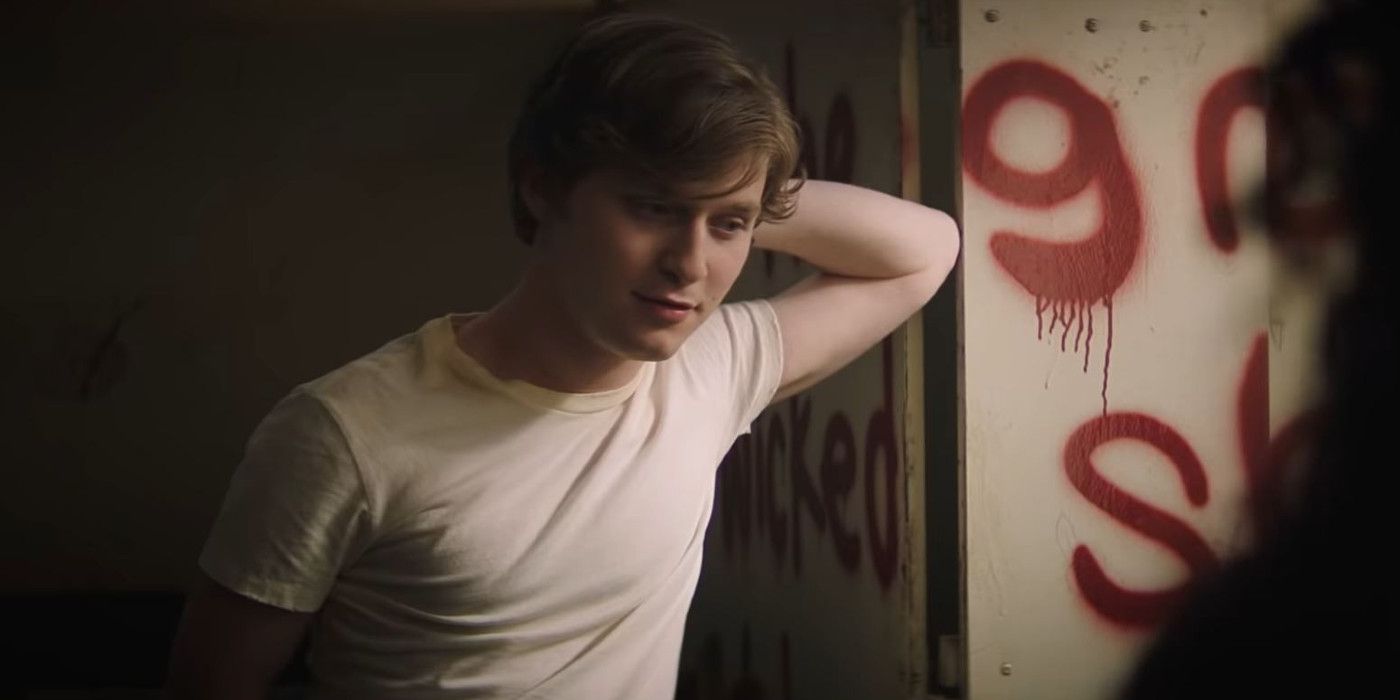
Similarly, there are other glimpses of romance that add to the more gentle nature of the story. In a particular scene in the second half of the first film, each of the main characters participates in the first surprisingly romantic and even sensual moment within the confines of their cursed small-town setting. While the group is in the midst of a plan to stop the attacks from the Shadyside killers, there is a unifying sequence in which each of them experiences intimacy with another person, or even intimacy in the form of self-love — as Simon does. Set to a fittingly ’90s cover of “Sweet Jane,” everything about this instance is drastically different in contrast to the first half of the film. This scene adds a rosy hue to an otherwise dull existence for the characters and is one that director Janiak includes to instill human connection in one of its most beautiful forms. It is from this point on that 1994 creates an emotionally charged precedent for the remaining films.
Goode Versus Love In Fear Street Part Two: 1978
In the sequel of the trilogy, love becomes a weapon against the cold-hearted nature of the corrupt founders of Shadyside and Sunnyvale. This can be examined in two forms: the familial love of two sisters and the budding summer romance of two teenagers at a summer camp. In the former example, Ziggy and Cindy Berman are two sisters who have grown apart. Cindy attempts to reject her nationality as a Shadysider to do what most residents want; to be free of the shame attached to living in a town where “everything is cursed.” The Berman sisters eventually act as the “final girls” of the sequel after reconnecting during the night of the Camp Nightwing murders.
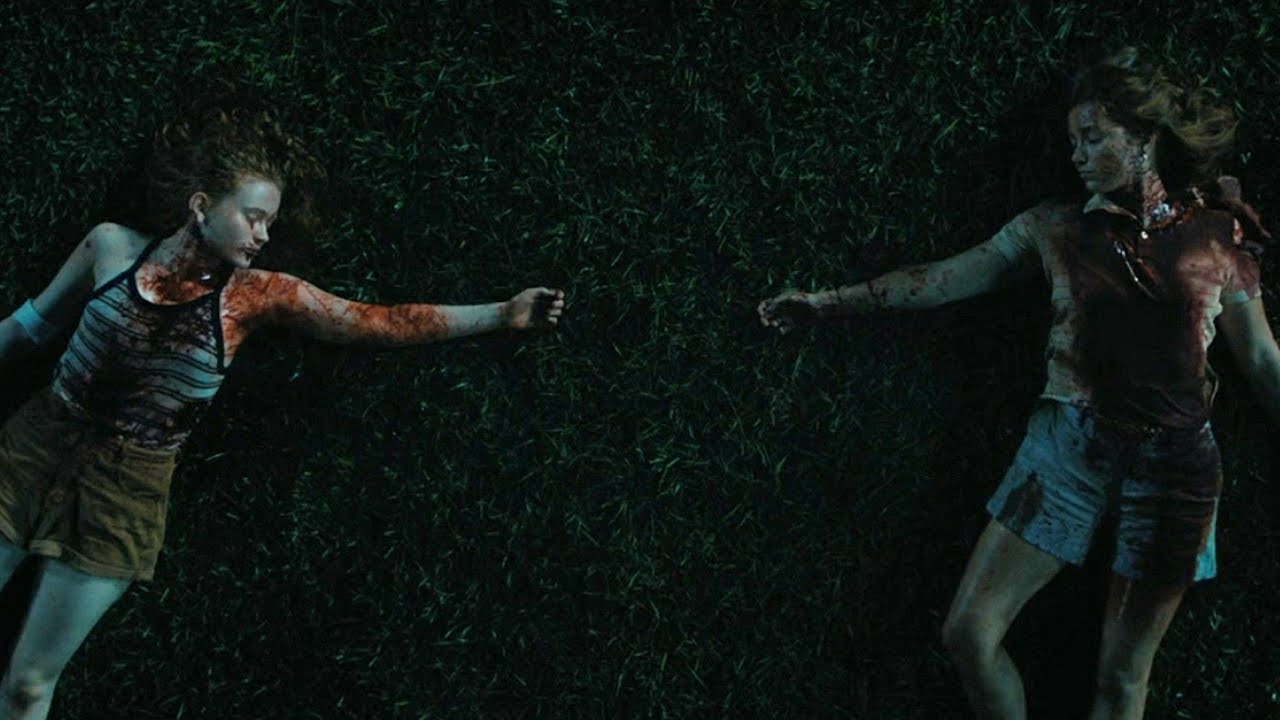
Ziggy Berman plays an important role in the more romantic aspect of the sequel, with a connection sparking between her and none other than Nick Goode (Ted Sutherland), Solomon Goode’s descendant. Ziggy and Nick’s relationship is interesting considering the history of the Goode family and the fact that as a Shadysider, she should be considered as disposable to Nick as any other victim of his family’s curse. However, they form a bond over the duration of the summer and even share a moment of intimacy.
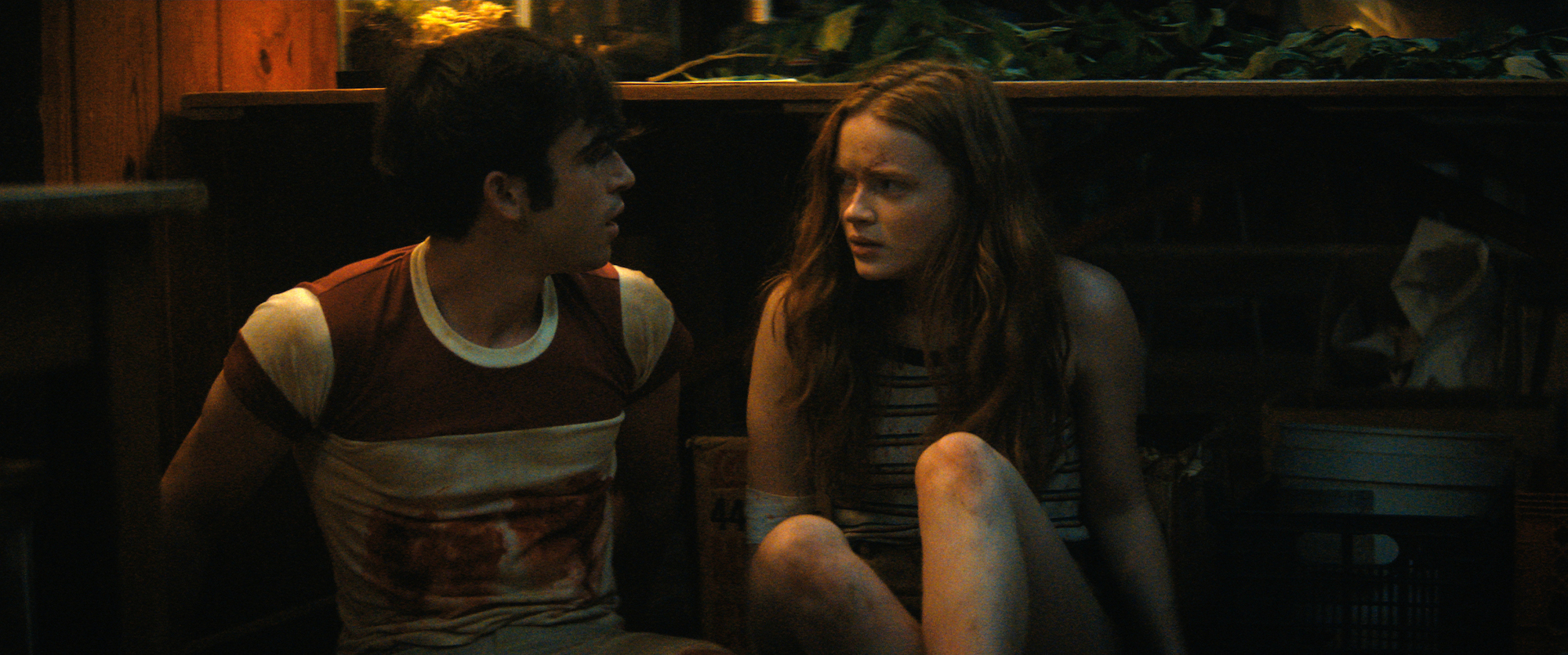
Once again, with the use of the Velvet Underground’s “Sweet Jane,” the tone of the film is altered by an overpowering romantic connection. For Nick, this feels almost as if a moment of contemplation of his duty as a Goode. “What if I don’t want that?” he confides. “What if that’s not who I want to be?” The Goode Family, including Nick, is able to move past their crimes without any remorse until this moment when in the face of romance, he finally begins to question the morality of his ancestral cruelty (( Janiak, Leigh, dir. Fear Street Part Two: 1978. Netflix. 2021. )).
The Guiding Force Of Queer Love In Fear Street Part Three: 1666
In the third and final installment of Janiak’s Fear Street, the heart of the entire series is revealed to be centered around the affair between Sarah Fier and Hannah Miller. As a result of the compulsory termination of their relationship, the towns of Shadyside and Sunnyvale are forever reminded of the discrimination they faced. It isn’t until 1994 when a group of teens finally bring justice to the real first Shadysider, Sarah Fier. Although most of the truth becomes concealed for three hundred years, in many ways, the story of two girls in love can be found in every aspect of their community.
The remnants of lost queer love are intertwined with the very fabric of Shadyside, both in the physical environment and in the relationships of its citizens. The red moss buried with Sarah Fier is a symbolic reminder to the Goodes that although they tried to keep her identity a secret, her truth would forever be their guilt. In the last frame of the film, Deena and Sam are shown finally together, free of shame, surrounded by the moss left behind for centuries by the women who once tried to be together as they now are.
Sarah and Hannah’s longevity can also be seen in the everyday relationships that the locals share. The recurring shifts in tone of the film series are solidified when the importance of the condemned love of 1666 reaches its full potential. Within the romantic relationships of Deena and Sam, Josh and Kate, and Ziggy and Nick, Leigh Janiak can convey love not only as a means to connect but also as a way to counteract the disgraceful misconduct that was forced upon the films’ founding couple. Even in other dynamics, the familial love between Ziggy and Cindy and the instance of self-love within Simon in Part One, there is a general admiration for different types of love that are often overlooked but still valuable.
Why ‘Fear Street’ Matters
Leigh Janiak’s Fear Street accomplishes much more than being a fun slasher(which it is!). While keeping the spirit of the source material alive, she normalizes the inclusion of queer issues in horror. She lets the story revolve around a gay couple, as opposed to just making room for them. Her adaptation marks the era of the post-modern slasher as a palatable backdrop for queer stories to thrive. Using Sarah and Hannah’s relationship as the paradigm for love and resiliency in the relationships that follow them, Fear Street earns its place as a horror series that has a heart and soul.
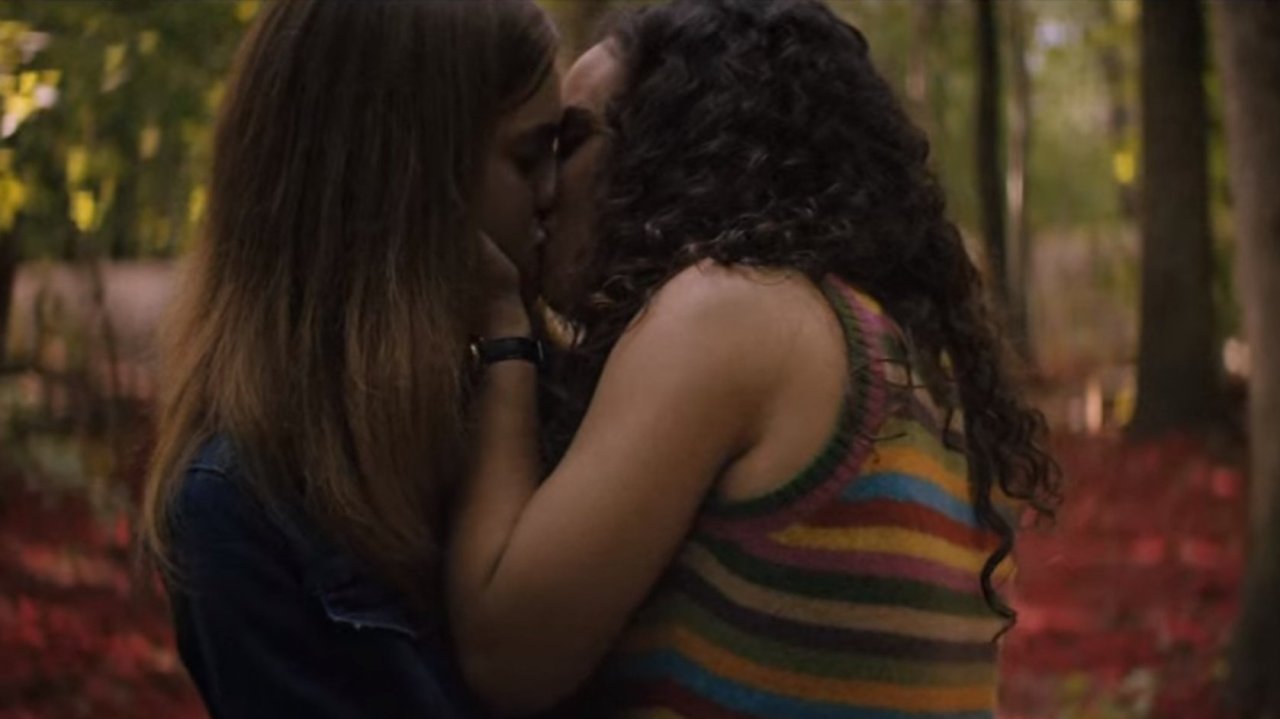
The creative choice to include not only the struggles of queer relationships but the compassion that comes from any form of love — even if considered “unconventional” — shows that romance can find its place in any genre of film while being honest yet caring.
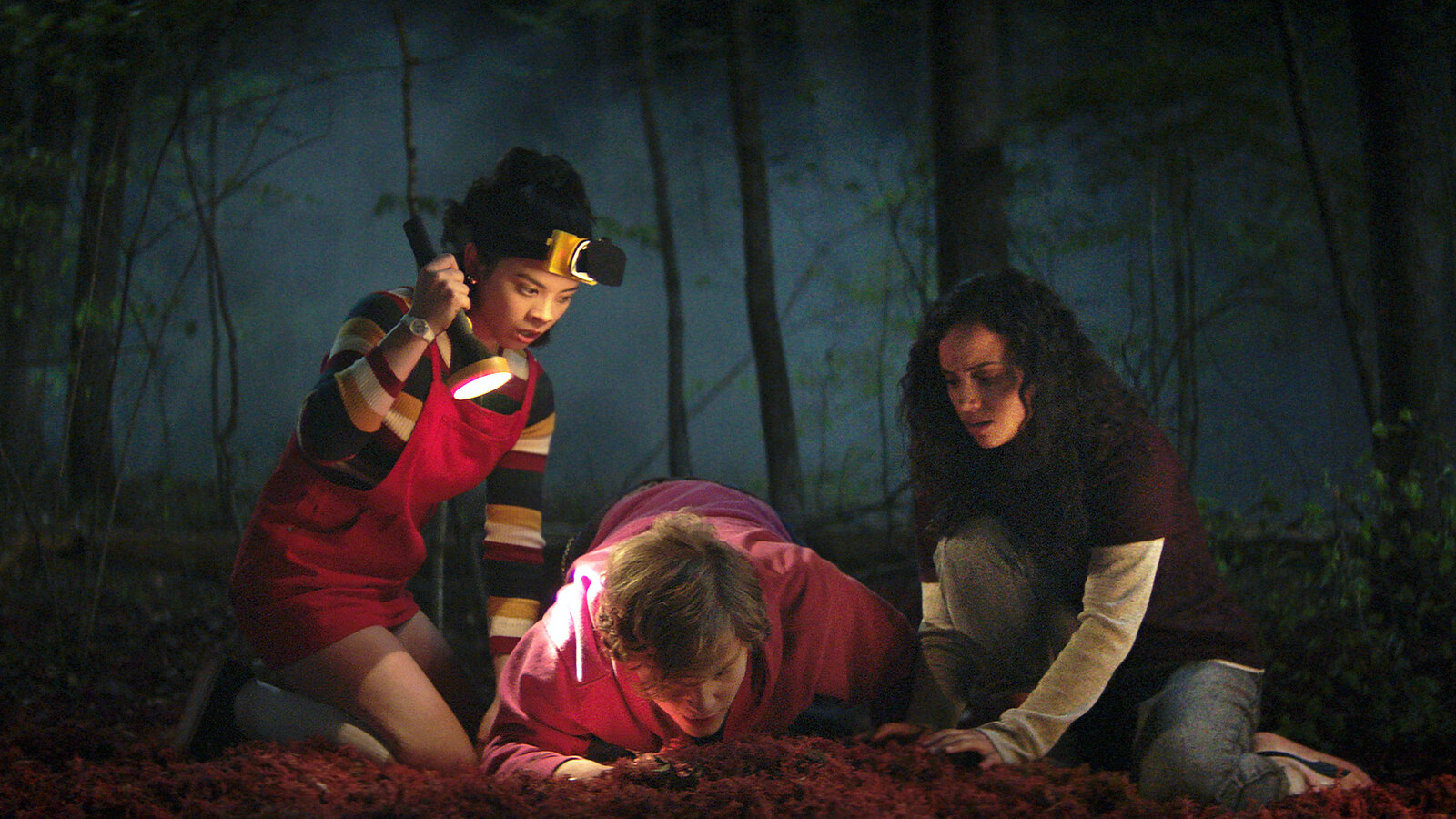
I loved this trilogy, I read a lot of reviews about it, but yours is the most beautiful, honest and well written I’ve ever read about Fear Street movies, congratulations!